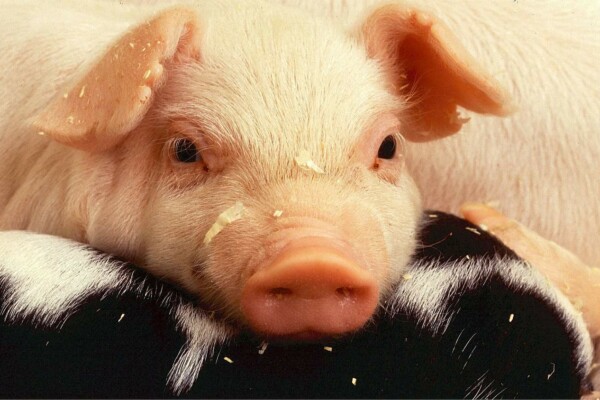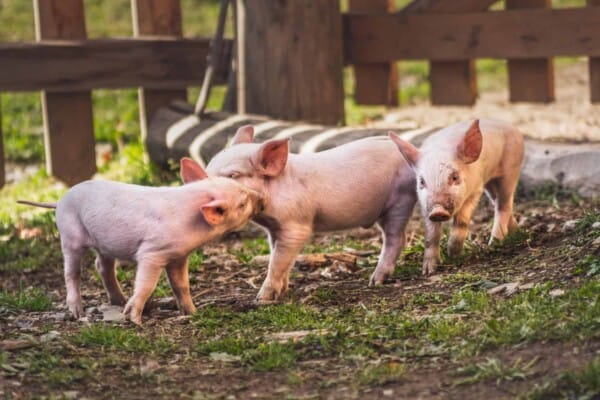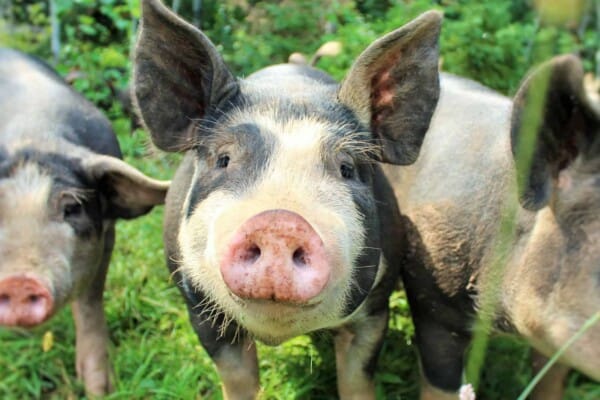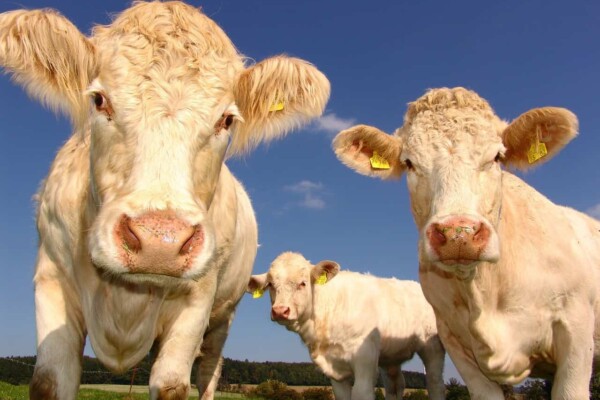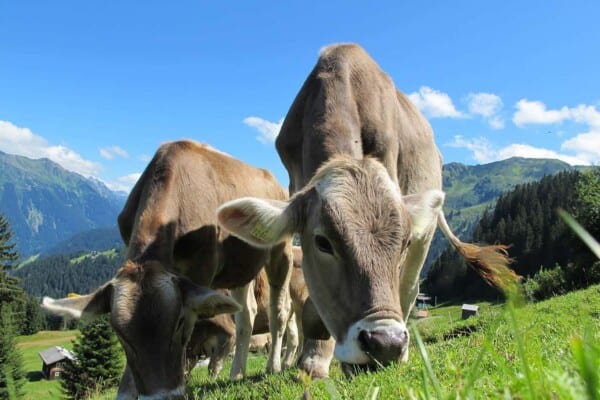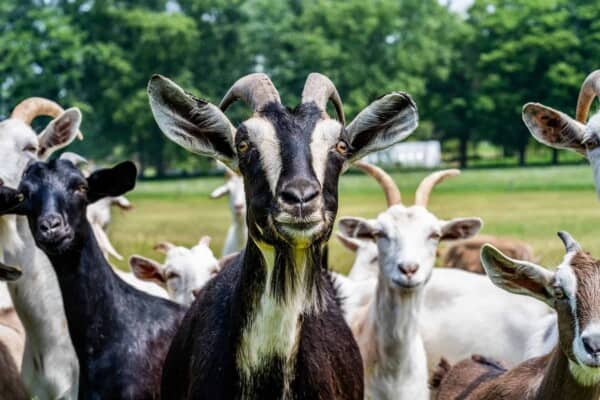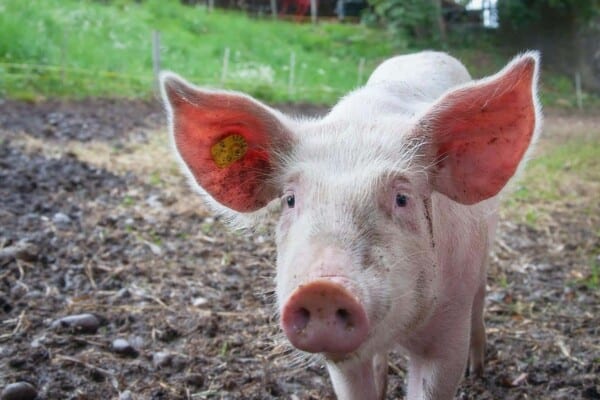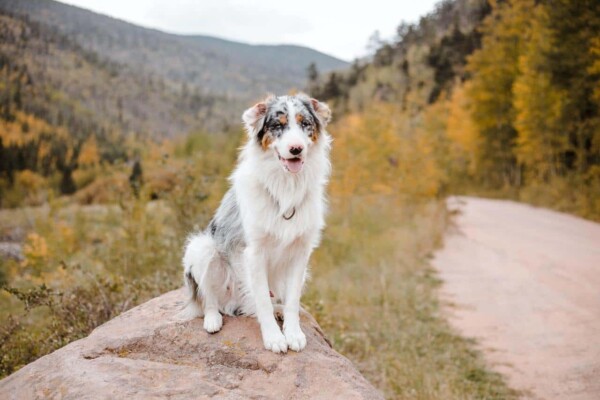
Reindeer farming has become something that various farmers from all around the world are finding to be appealing because growing reindeer offers the opportunity to capitalize on different aspects. The image of the reindeer has been associated since the early years of childhood for many people with the coming of Santa Claus and the white stretches of the North. An unique animal, the reindeer is present in everyone’s imagination, especially near the winter holidays. But this picture is an incomplete one: the reindeer means much more, in nature, as in culture, in mythology, and practice. Beyond its usefulness and symbolism, the reindeer remains an animal with extremely interesting adaptations. For the traditional Nordic populations, the reindeer were also at the threshold of the 21st century a key factor of survival in one of the most hostile living environments on Earth.
The most well-known relatives of deer, the reindeer populate a huge area in the north of the Earth, especially the tundra and the huge boreal forests. During the great Quaternary glaciers, the reindeer also lived in Europe, the limits of their southern area reaching as far as today’s Mongolia or the territories of Spain and Greece. Today, under the pressure exerted by the phenomenon of global warming and accelerated hunting, the reindeer have disappeared from many areas where they have been present for thousands of years. Fortunately, there are still stable populations in Siberia, Greenland, Alaska, Scandinavia, and Canada.
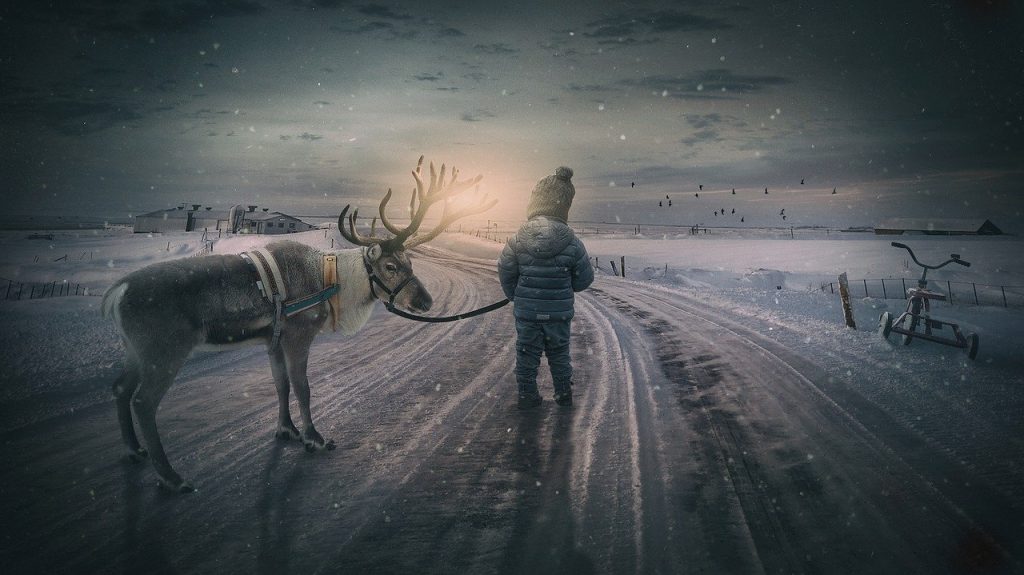
Reindeer and people
The reindeer were among the first domesticated animals, large herds of domestic reindeer being found today in Finland, Norway, Sweden, and Siberia. They are medium-sized deer, they don’t reach the impressed dimensions of the moose, the Wapiti deer or the Carpathian deer. An average male reindeer reaches 180-214 centimeters in length, at a body weight of 92-210 kg, depending on the subspecies. Especially well-developed males reach weights over 300 kilograms.
The females have smaller dimensions, but they have horns, a peculiarity of the species, the reindeer being the only representatives of the Cervidae family in which both the males and the females have horns. Fur color varies by individual, subspecies and season. It generally has shades of gray, brown and white. The northern subspecies have predominantly light colors, and the southern ones reach larger sizes and have a darker color. The coat is composed of two layers of hair, a dense, woolly layer and an upper layer with long, rough, strong hairs. The upper layer hairs are bare in section and filled with air, specially adapted to the low temperatures or for the moments when the reindeer cross the watercourses.
Other adaptations to the environment are found in the structure of specialized nostrils, which have compartments in which the extremely cold air is heated before entering the lungs. Another secret to the survival of the reindeer is the shape of the hooves. During summer, when the ground of the tundra is soaked with water, the movable joints of the fingers prevent the reindeer from sinking, while providing extra traction. In winter, the hoof is compacted, and the animal contacts the ground only through the sharp tip of the hooves, which cuts the hard ice and snow and thus prevents slipping. Reindeer are the only mammals that can see ultraviolet light, an essential adaptation in the Arctic environment, where the silhouettes of objects merge into the ground.
The reindeer are ruminants, such as cows, sheep, and goats. In winter, the basis of their diet consists of various species of lichens and muscles. In the hot season, they graze grass and eagerly eat the branches and shoots of trees.
Reindeer hunting has been an important occupation for people for thousands of years, and this animal can be considered the most important animal in the anthropological history of hunting. People have started to hunt reindeer regularly since the Mesolithic period, and in the traditional communities of Scandinavia, Greenland, and Siberia, reindeer hunting is still a crucial event. For Lapps, Samoans, Inuit or the Kalaallit tribes of Greenland, the daily life of each human being and the very existence of communities cannot be imagined without the presence of reindeer and without reindeer farming.
Whether they are domesticated or wild, the reindeer have rescued – more than once – these unique communities and cultures. From reindeer, the above-mentioned populations use everything. Nothing is thrown.
Reindeer meat is excellent and very healthy, being the basis of many Scandinavian cuisines. Lapin Poron Liha, or fresh reindeer meat (in the language of the Finnish Sami population), is a protected product in the E.U.
Reindeer meat is consumed raw, smoked, salted or roasted and cooked in every conceivable way. Even the blood is highly valued, being an important source of vitamins and minerals for the people of the north. The leathers are widely used in the manufacture of light, durable and warm clothing, without which the survival of traditional communities would not have been possible.
Horns are mainly used in the manufacture of tools, but they are also finely ground and sold on the Chinese market, having the reputation of being a natural aphrodisiac.
Last but not least, it is worth mentioning that the reindeer was the main mean of transportation in the Arctic. Reindeer sleds are still used today in the wilderness of the north. Given the importance of reindeer for so many communities, especially in the northern hemisphere, reindeer farms and reindeer growing, in general, have developed certain particularities.
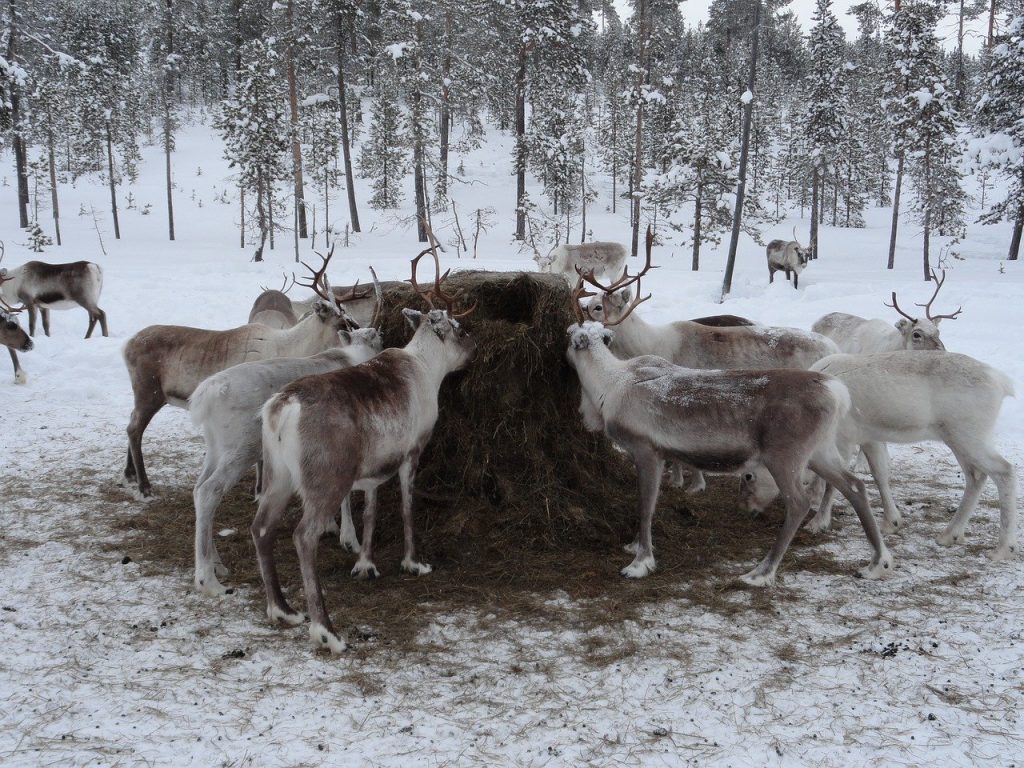
Reindeer farming in Lapland
Traditionally, Lapland is seen as the home of reindeer, not only because of the stories associated with Santa’s helpers but also because reindeer are marketed as a popular tourist attraction in the area. Reindeer have become an important part of Lapland’s culture. The last people in Lapland to raise free reindeer, Sami, is the indigenous population of Finno-Ugric origin living in the far north, occupying Norway, Sweden, Finland and the Kola Peninsula in Russia. Sami are the only indigenous people in Scandinavia recognized and protected by international conventions.
The lands of the Sami ancestors stretched far to the north, similar in extent to the whole of Norway. Their traditional language is the Sami language and they continue to live by the pattern of their ancestors, fishing, selling fur and raising herds of reindeer. This last habit is also the one for which they are most known. Only 10% of the Sami population lead such a semi-nomadic lifestyle, using reindeer for meat, fur, and transport. Here we can find the last reindeer herders in Lapland.
No one can say for sure how long the Sami people are growing reindeer. In 98, the Roman historian Tacitus wrote about these northern people. In the year 500, Chinese sources recall northern people using reindeer for transport. Towards the end of the eighth century, the Norwegians wrote about the wealth of the Sami people. So there is evidence that the Sami lived with the reindeer for over 1,000 years. There are still about 43 Sami villages where reindeer farming is still practiced.
Visiting Sami reindeer farms offers tourists the opportunity not only to see these beautiful creatures but also to learn more about the Sami culture, to try some traditional dishes, based on reindeer meat and to observe reindeer in their natural habitat.
Reindeer farming in Mongolia
The Dukha people represent a population of Turkish origin, living in the forests near Lake Khovsgol, in northern Mongolia, and whose main activity is reindeer husbandry. The Mongolian Dukha tribe is currently composed of around 45 families, and their main occupation is reindeer farming. This population is also known as Tsaatan, “Tsaa” meaning “reindeer” in the language spoken by the members of the tribe.
Reindeer are very valuable for the Dukha tribe. They are used for milk, for transport and for their furs which help the people keep warm during the cold days. The animals are sacrificed for their meat only when they are too old or when they are ill, so in other words, when there are no other uses for them. In this aspect, the reindeer are seen as so much more than just a food source (although their milk is very nutritious).
The connection of humans with wild animals is a spiritual one in this place. It’s a matter of respect. Respect for all living creatures and for their role in the complex ecosystem that helps humans survive relying on the resources provided by the animals.
Unfortunately for the Dukha tribe, their traditional way of living, which is so closely related to the herding of reindeer is in danger. The Mongolian government issued a conservation order that bans unlicensed hunting on the majority of their traditional land. This situation has driven some of the population to abandon their nomadic lifestyle and move to villages where they don’t live in tents surrounded by reindeer.
Reindeer farming in Alaska
Reindeer were first introduced in Alaska in 1891, due to a consistent decreasing in the local caribou population. The first 16 reindeer were imported from Siberia. Alaska Natives were trained by Siberian and Sami herders on how to care for these animals and how to use them as a food source.
The reindeer population fluctuated over the decades, reaching up to 640,000 in 1932, but the population was reduced to only 23,000 in 1985. Nowadays, there are an estimated of 17,650 reindeer in Alaska, with the majority of them living in the Seward Peninsula.
Following the preoccupation of local natives towards reindeer farming, reindeer meat has become an important part of the local diet. Also, by-product markets were developed for antlers, blood, and even viscera. The antlers were exported and used for making knife handles, the meat was also used to produce canned dog food and the skin was used locally to make clothing items and sleeping bags.
The market evolution showed that the value of the by-products market is even higher than the one of meat in terms of income for reindeer farming in Alaska. However, there is great potential for the reindeer meat market, because it’s perceived as being clean, ecological food, high in demand with the Alaskan restaurant market. The main obstacles that reindeer farmers have to face in Alaska are the lack of infrastructure to process the meat and by-products locally and the high transport costs.
Reindeer farming in Siberia
The Nenets represent a population that has been living since unknown times in the Yamal-Nenets region, a name that could be translated as “the edge of the world”. From a geographical point of view, these robust people are living on the edge of northern Russia, where temperatures can drop to -50 Celsius degrees (-58 degrees Fahrenheit).
In the absence of other living resources or food sources, the existence of these people depends, since ancient times, on the herds of reindeer, thus on reindeer farming. They use reindeer leather covered with fur to make their clothes (which provide excellent insulation against the cold), shoes and spacious tents. Their diet traditionally consists mainly of reindeer meat, consumed raw or cooked.
Each year, these extremely resilient people travel, following their huge herds of reindeer, over 1,500 kilometers, carrying their women and children, along with the little belongings they have, in handmade wooden sleds. The Nenets are not usually too tall, but they have a robust physique, adapted to the extreme climatic conditions in which they spend their days.
These nomadic people, living at extremely low temperatures, consist no more than several thousands of people and together they own hundreds of thousands of reindeer. Traditionally, the Nenets families follow the natural migration routes of the reindeer, crossing the endless frozen fields along the Obi River in Siberia (the longest estuary in the world).
The children are required to participate in daily activities from an early age. The life of Nenets of all ages revolves entirely around reindeer herding. The surplus meat is sold to processors in the food industry.
With all the difficulties that come with life on the harsh Siberian lands, many of the Nenets choose to continue living where their ancestors lived. However, it’s not known what the future holds for this small people, in a world where, if humanity advances, hastened by globalization, many of today’s languages, populations and peoples will disappear as if they never existed before.
For all these people, reindeer farming means much more than a source of food or income. It’s part of their culture and it represents a way of life in which the center is the herd of reindeer, which offers them food, protection and even survival itself.


